Epithelantha micromeris rare cactus seeds pack of 10 seeds
₹249.00
Out of stock
Email when stock available
SKU: Epithelantha micromeris
Category: cactus and succulent seeds
Epithelantha micromeris Growing Epithelantha, also known as Button Cactus, from seeds can be an interesting and rewarding process. Here’s a step-by-step guide on how to grow Epithelantha from seeds:
Materials Needed:
- Epithelantha seeds
- Well-draining cactus or succulent potting mix
- Small pots or seed trays with drainage holes
- Clear plastic wrap or a humidity dome
- Watering can or spray bottle
- Bright, indirect sunlight
Epithelantha micromeris Steps:
- Seed Collection or Purchase:
- Obtain fresh Epithelantha seeds from a reputable source. You can collect seeds from mature plants or purchase them from nurseries or specialized suppliers.
- Preparation of Potting Mix:
- Use a well-draining cactus or succulent potting mix. You can add perlite or sand to enhance drainage.
- Planting Seeds:
- Fill small pots or seed trays with the potting mix. Moisten the mix slightly before planting.
- Sprinkle the Epithelantha seeds evenly on the surface of the soil. Press them gently into the soil, but don’t bury them too deep.
- Watering:
- Water the soil gently after planting to settle it around the seeds.
- Water sparingly afterward, keeping the soil consistently moist but not waterlogged. Use a watering can or a spray bottle to avoid displacing the seeds.
- Covering and Germination:
- Cover the pots or trays with clear plastic wrap or place them in a humidity dome to create a humid environment.
- Place the pots in a warm location with bright, indirect sunlight. Epithelantha seeds generally germinate well in warm temperatures.
- Germination Time:
- Epithelantha seeds may take several weeks to months to germinate. Be patient, as germination can be slow.
- Transplanting:
- Once the seedlings have grown large enough to handle, transplant them into individual pots with well-draining soil.
- Water the newly transplanted seedlings and provide them with bright, indirect sunlight.
- Care for Young Seedlings:
- Continue to water the seedlings sparingly, allowing the soil to dry out slightly between waterings.
- Gradually expose them to more direct sunlight as they grow.
Be the first to review “Epithelantha micromeris rare cactus seeds pack of 10 seeds” Cancel reply
You must be logged in to post a review.
Related products
cactus and succulent seeds
Gymnocalycium Capillaense Seeds rare Cactus Seeds Pack of 20 seeds
₹199.00
cactus and succulent seeds
₹249.00
cactus and succulent seeds
Rated 5.00 out of 5
₹200.00
cactus and succulent seeds
₹199.00



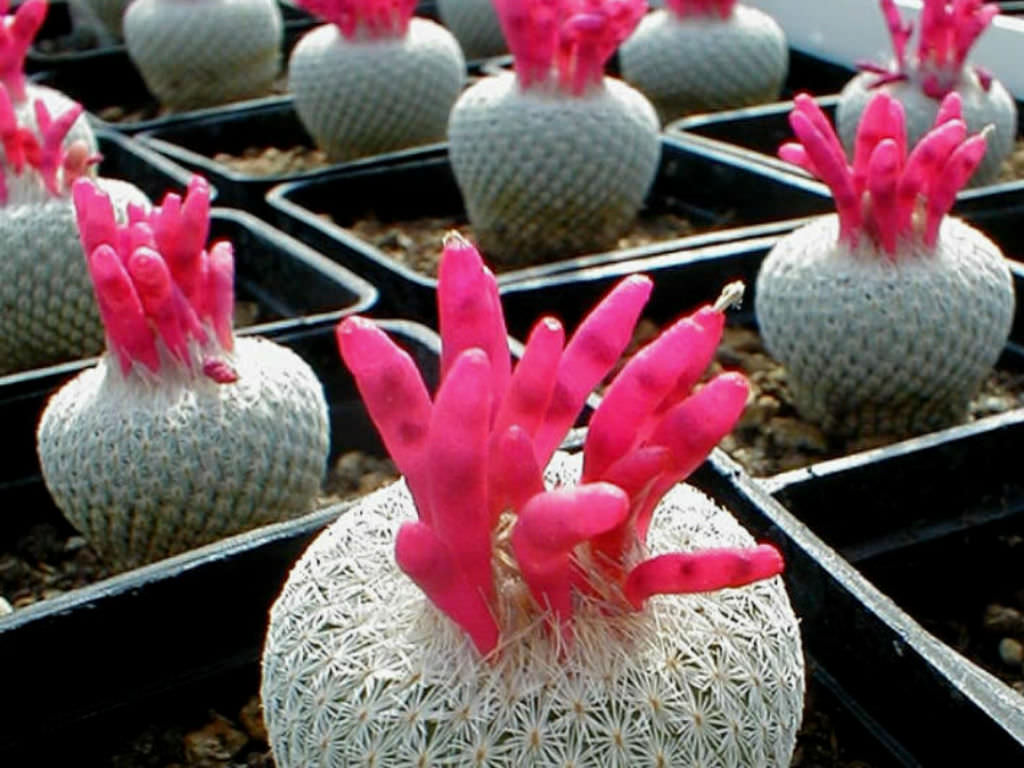
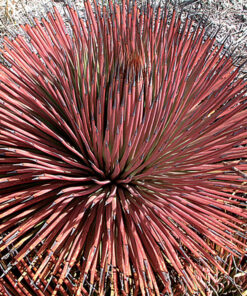
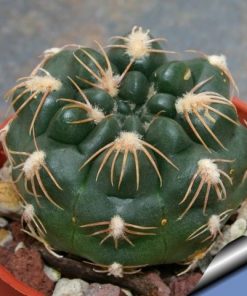
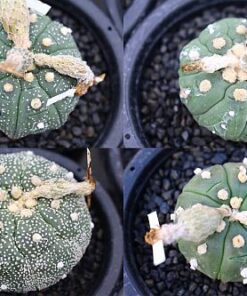
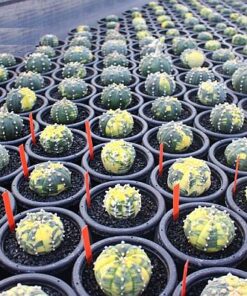
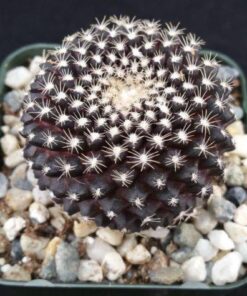
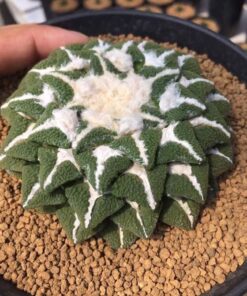
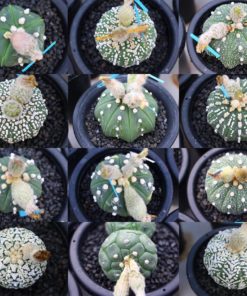
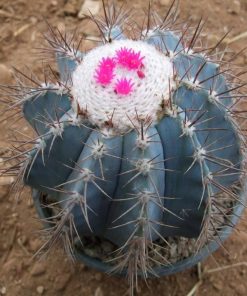
Reviews
There are no reviews yet